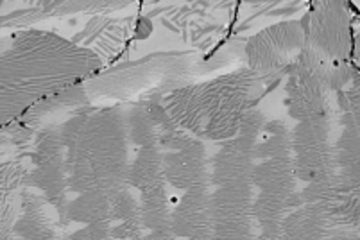All genres
21.
Talk
Crustacean cuticle: An example to study the influence of chemical composition and microstructure on the mechanical properties of hierarchically structured biological composite materials. Workshop Prospects in BIONIC, Leoben, Austria (2010)
22.
Talk
Chemical Imaging of Heterogeneous Materials: Allocation of Organic and Inorganic Components in Biomaterials. 1. Raman-Workshop Linz, Linz, Austria (2010)
23.
Poster
Be inspired by isopod cuticle: Unusual cuticle organisation and mechanical properties within the incisive edge of the mandibles in two Crustacean species. EURO BioMAT Conference, Weimar, Germany (2013)











